
Creating a model for rendering does have its own set of rules. To get you up and rendering as quickly as possible, here are SketchUp's top five tips for prepping your SketchUp model for rendering.


Creating a model for rendering does have its own set of rules. To get you up and rendering as quickly as possible, here are SketchUp's top five tips for prepping your SketchUp model for rendering.
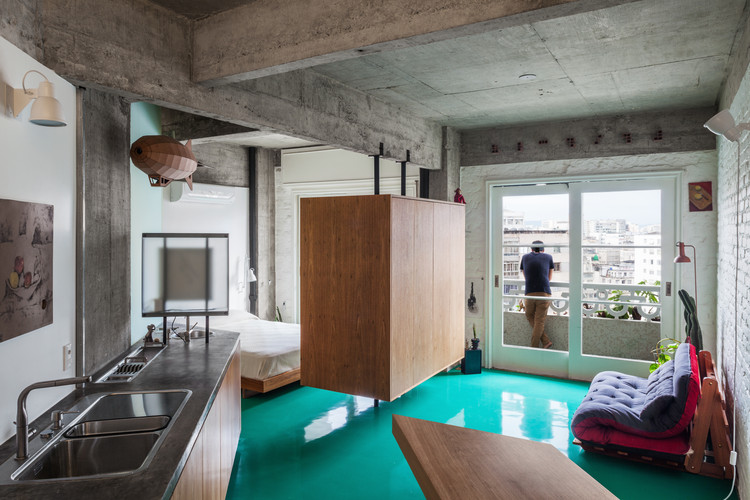
Due to the rising demand for housing, apartments around the world are becoming smaller and smaller. In addition, these plans for housing units do not always provide functional and comfortable living arrangements for its residents, challenging architects to think of ways to turn this situation into something desirable. Below, we've selected ten Brazilian projects that find creative solutions for small-scale housing.
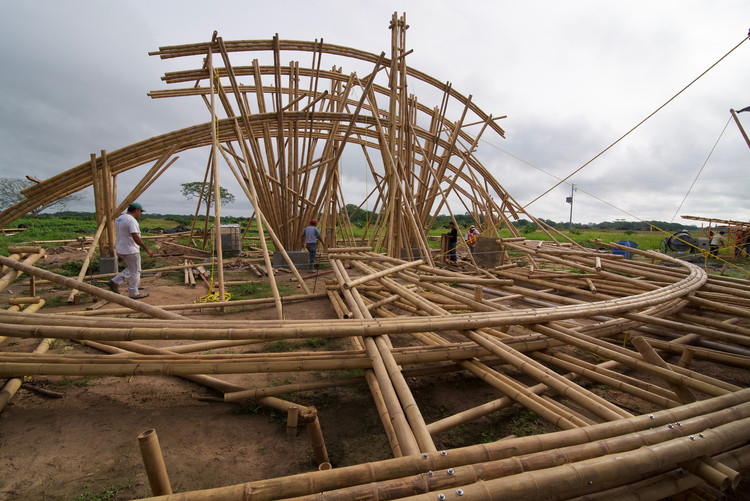
Bamboo is an ancient building material that has been used in a variety of countries and building types. A sustainable material with a unique aesthetic, it is arguably one of the greatest architectural trends of the moment.
This material's structural and sustainable qualities demonstrate that bamboo can be three times more resistant than steel and grow about 4 feet (1.22 meter) in just one day.

The World Architecture Festival, with co-curators Make Architects and the Sir John Soane’s Museum, announced today the winners of their annual Architecture Drawing Prize, established in 2017 to recognize the “continuing importance of hand drawing, whilst also embracing the creative use of digitally produced renderings.”

This article was originally published on Common Edge as "How Architectural 'Theory' Disconnects the Profession from the Public."
Whatever the form—personal, theoretical, scholarly—architects frequently veer into the philosophical terrain when defending otherwise subjective design decisions. Personally, this may be justifiable. But professionally, this reliance on quasi-philosophical spin is one of the fundamental ways architecture differs from other practical pillars of society, such as law, finance or medicine. Those disciplines are based on structures of knowledge (precedent or code, economics, and science, respectively) that mediate between professional decisions and subjective judgement.
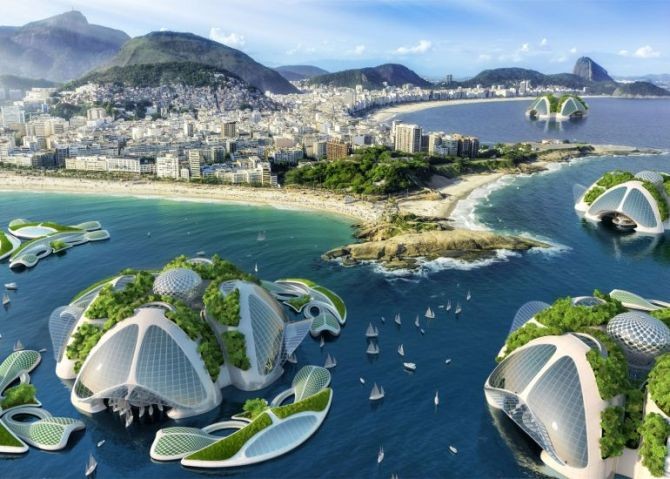
Migration as a result of changing climate has already begun. And while this poses enormous challenges for governments - particularly at a global moment that seems indisposed towards immigration and immigrants - there is also the concern that heritage will inevitably be lost. In places like Scotland, rising sea levels have put ancient sites at risk; the same is the case in island nations in the Pacific. As mounting environmental risks become more inevitable day by day, cities around the world are turning to more resilient forms of architecture and urban planning to combat both short term shocks and longer term pressures as a means of ensuring their future.
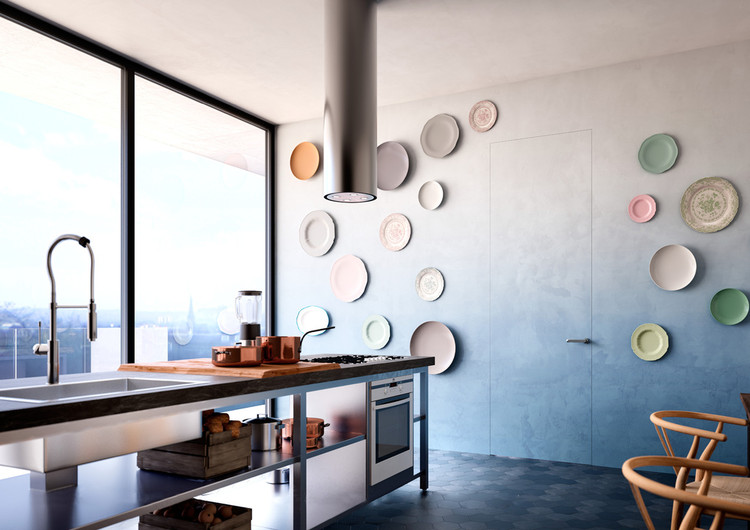
Sometimes a door can be a huge headache in a project. Think of a continuous, clean facade... having a door in the middle of it can ruin the clarity of the design. But a door need not be the traditional wood-paneled, brass-knobbed portal most of us are used to, much less an eyesore.
But what if they could disappear from sight entirely? We’ve all dreamed of hidden passages and secret rooms tucked away in our homes. But for these to work, the entry must be disguised or hidden itself.

This article was originally published on Metropolis Magazine as "Architecture You Can Smell? A Brief History of Multisensory Design."
What comes to mind when you encounter the term “sensory design”? Chances are it is an image: a rain room, a funky eating utensil, a conspicuously textured chair. But the way things actually feel, smell, even taste, is much harder to capture. This difficulty points to how deeply ingrained the tyranny of vision is. Might the other senses be the keys to unlocking broader empirical truths? Does the ocular-centric bias of art, architecture, and design actually preclude a deeper collective experience?

Are architects really turning to real-time rendering for visualization? Epic Games, the creators of Unreal Engine, decided to find out with an independent survey.
The results confirmed what many of us have suspected—real-time rendering is on the rise in architecture, media and entertainment, and manufacturing. But the survey also revealed a few surprising details about real-time rendering and its uses.

Terrazzo flooring, with its mosaic style of pieces of marble or granite set in polished concrete or epoxy resin, is known for its flexibility and remarkable durability. So it’s no wonder the method has been around for centuries.
With proper care during installation and use, it’s also possible for terrazzo floors to last a number of decades. “There are terrazzo floors that were installed in the early 1900s that are still nice looking jobs,” says James Bateman, terrazzo division manager of Terrazzo & Marble Supply Companies. Indeed, the style is known to some as ‘forever floors,’ a nod to its history and longevity.

Greatly influenced by the modern movement--and in particular the presence of Le Corbusier--contemporary Indian architecture reflects a mixture of traditional and western references. Using mainly local materials such as brick, concrete and stone, Indian buildings stand out with their high visual impact and a assertive heaviness.
Because of its scarcity, wood is mostly used in details and finishes rather than as main structures. Some of the most successful architects in India have managed to gracefully balance the use of concrete and wood in a gentle gesture that evokes elegance and rough textures.
Here we present some of the best examples of contemporary Indian architecture that have used both concrete and wood in a harmonious and attractive way.

Did you know that tree-lined streets are proven to be beneficial to physical and mental health? So why not include them in health funding? The Nature Conservancy's new research demonstrates the number of reasons why this should be done.

ArchDaily is pleased to announce our partnership with SPACE10 on their launch of IMAGINE, a single-season exploration of the brave new world of shared living. You can listen to more episodes of this podcast (produced with Unsinkable Sam) on SPACE10's website.
How we can design the spaces we inhabit to improve our well-being? This story starts in Copenhagen, where SPACE10 is based, with Jan Gehl — the pioneering Danish urban planner who showed how we can transform our quality of life by changing our cities.

The link between architecture and cinema is unquestionable, as is the magic of seeing a film in a place structured specifically for this contemplative activity. The design requires architectural solutions that not only respond to the distribution of seats and visibility of movie-goers but also to acoustics and lighting.
Various projects published on our site highlight how architects have responded to this challenge in innovative ways. Below, stunning 10 movie theaters with their plans and drawings.

The more architecture students that I converse with, the more I hear this common dissent amongst them: “I don’t want to become an architect.” Despite participating in long studio hours for a five-year professional degree, somehow very few peers actually want to become the kind of architects that create buildings.
Aside from the conventional alternatives of interior or graphic design, there is a rising trend in the popularity of firms that use architectural skills for beyond the scope of designing luxury condominiums for wealthy clients. For prospective architects (and current ones), below are examples of firms that may not be what one initially imagines to do with their degree, but a taste of the potential of what they can.


An installation at the Karolinska Institutet in Sweden is made entirely of translucent concrete panels. Composed of concrete and bubble wrap, the site blends both high and low technology processes. This high-tech lecture hall is an amorphous space with unique acoustic qualities.
The panels were created by compressing High-Performance Concrete between two layers of Bubble-Wrap. With 262,500 cavities and 1,000,000 membrane-perforations, the material creates a diffused echo-free ambiance.

On October 1, 1908, Ford launched its first model car in the American market, the Ford T, starting the automotive industry and establishing new paths for industrialization. Inspired by the manufacturing systems of weapons and sewing machines, in 1913, Henry Ford revolutionized production with the first moving assembly line to produce the Model T; a simple, safe, reliable and cheap car.
The price decreased over time as production became more efficient. The Model T cost $850 in its first year and, as the manufacturing process became more efficient, it decreased to $290 in 1927, the last year it was produced. Industrialization led to optimized costs, time, and logistics.

This article was originally published on Metropolis Magazine as "How a DIY Floating Universiity in Berlin Could Be An Unorthodox Prototype for Design Education."
On the north side of Tempelhofer Feld, an airport-turned-park in southern Berlin, lays a large ditch. Surrounded by lots and bungalows and noticeable only to those in the know, this 19th century basin holds rainwater drained from the airport’s defunct runways before it is fed into Berlin’s canal network.

Did you know that 64 million European children spend more time at school than anywhere else other than their home? European children spend approximately 200 days each year at their primary schools. With this information, how do we go about designing healthier classrooms that create productive learning environments? This question is perhaps more important than ever, as this will be the first time since the 1970s that Europe and the UK will see a boom in the construction and renovation of schools. What a tremendous opportunity this is for both architects and educators to rethink what an educational facility should be and how the physical environment can be designed to have a positive impact on learning.

How does the built environment--whether fictitious or entirely founded in reality--impact how we experience and process film? From lesser-known indies to blockbuster movies, the ways in which architecture and the built environment inform everything from scene and setting, to dialogue and character development has far-reaching effects on the audience’s cinematic experience. Below, a roundup of everything from recent releases to classic cinephile favorites uncovers the myriad ways in which film utilizes architecture as a means of achieving a more authentic and all-encompassing form of storytelling.

Culled from our annual documentaries posts, these films feature architecture and architects in more informative and intimate ways. With more and more film festivals dedicated to architecture itself, you can likely catch these on the big screen in a city near you!

From the beginning of time, human beings have gathered around the fire. The first settlements and huts included in their interior a small bonfire to cook and maintain the heat of its inhabitants. This tradition has continued to the present, and chimneys and fireplaces have developed into the most varied designs and forms, providing possibilities both inside and outside a home.
To give you ideas for materials, structures, and spatial configurations, we present 35 remarkable meeting places around the fire.
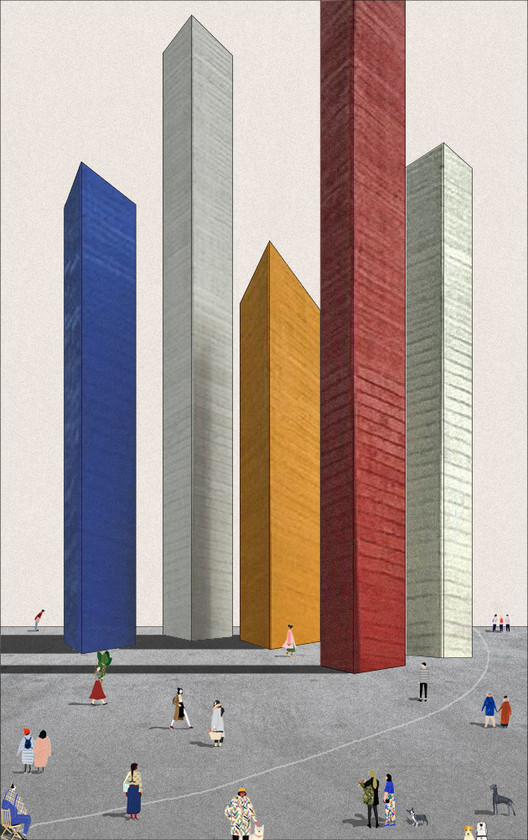
At first sight, when approaching CDMX from the sky, is overwhelming. A sea of buildings indicates an arrival to the fifth most populated capital in the world. The size of the city, makes it difficult to recognize its limits, so it is inevitable to use urban and suburban landmarks such as the Zócalo square (downtown), Tamayo Museum in Chapultepec Park (West), University City, the Frida Kahlo Museum (Coyoacán), and Ciudad Satélite (north exit), to orient yourself.
Located in a strategic geographical position within the traditional routes of design, the city benefits from the connections and close interactions with North America and Europe. Fortunately, these external tendencies are refined within the "local" filter; the vast history and tradition of indigenous Mexican cultures permeate foreign influences making them unique creations, with a marked interest in native materials and working techniques.

The history of Venice’s architecture, as seen today, is a semblance of styles centuries old. A destination rich in culture, many of Venice’s existing buildings, from homes alongside the thin interior canals to the grand domed churches of Palladio, have remained stagnant in their overall design and layout since the 16th century. Once a hub of Byzantine and European trade, the city now thrives on a steady stream of tourism and a foundational group of local residents.
The structures that make up the city’s compact matrix, once integral to its function as a commercial empire, have come to take on new functions through architectural intervention; notably, architects such as Carlo Scarpa, OMA, and Tadao Ando have had a large hand in this process.

The tale began with a simple idea - a toy that every child, regardless of age and ability, can play, dream, and learn with. But things turned out less than simple. Fights, lawsuits, and even a death all mark the road it took to make a now-ubiquitous toy a reality. The object in question? Lego.
It’s tales such as this one that Alexandra Lange explores in her new book, The Design of Childhood: How the Material World Shapes Independent Kids. Some may scoff at the seemingly trivial subject matter. Surely children, with their boundless imaginations and appetite for play, can discover ways to find fun in anything.